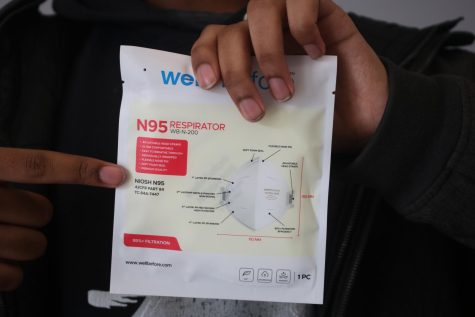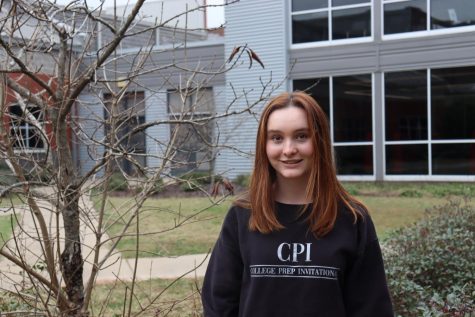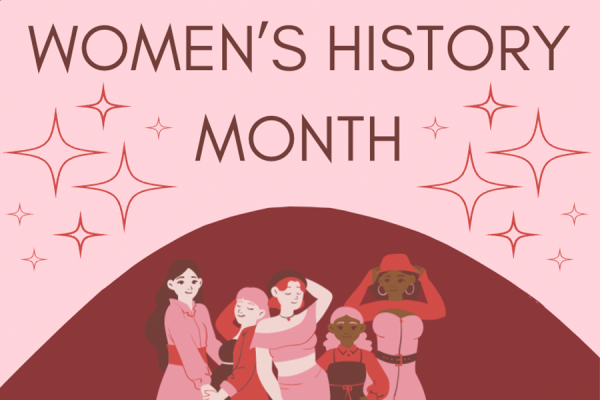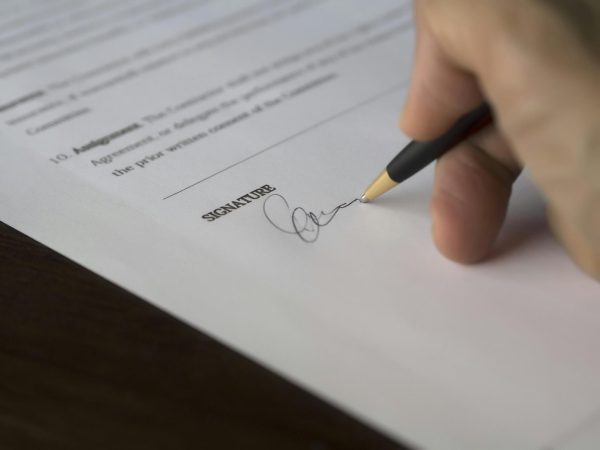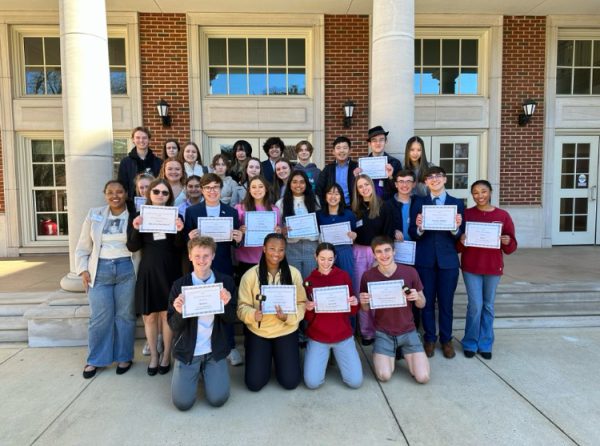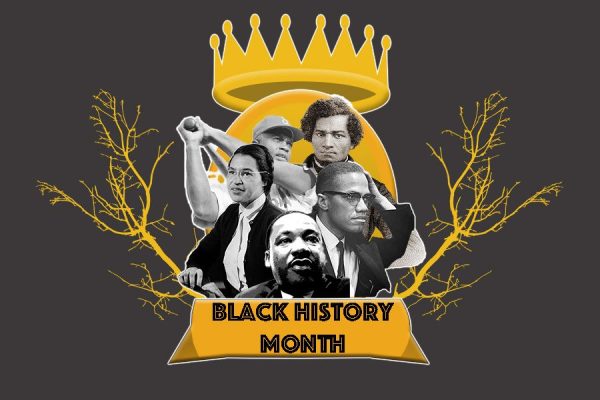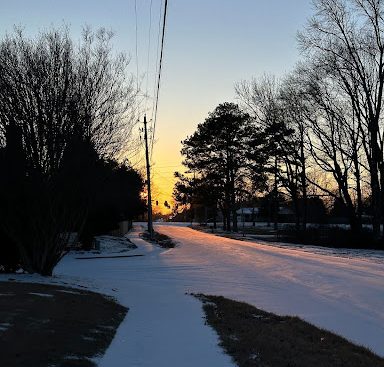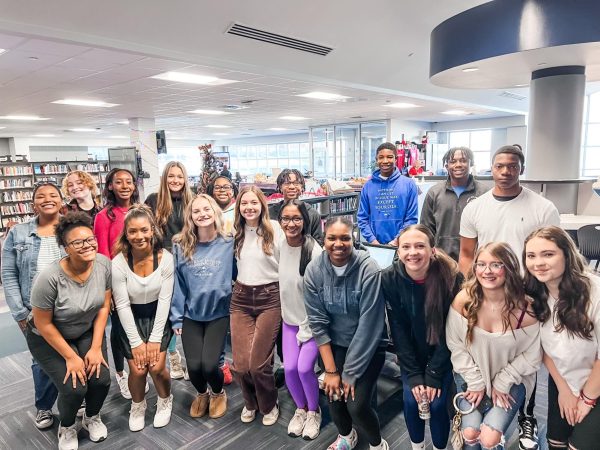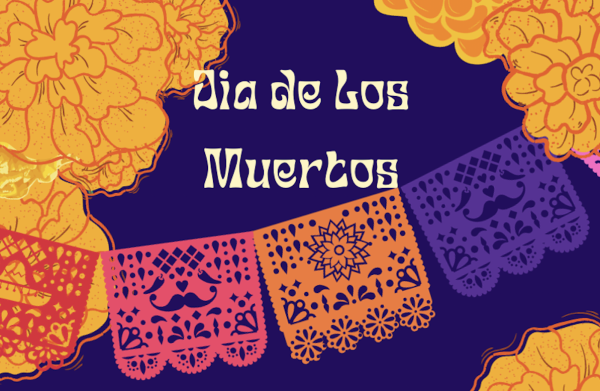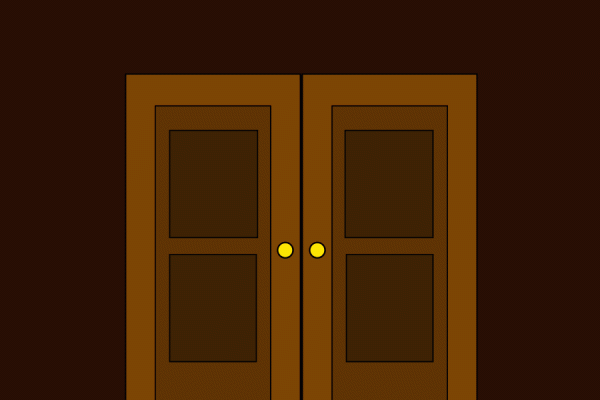Mask Guidelines
January 14, 2022
As COVID-19 cases surge due to the highly transmissible Omicron variant, experts recommend swapping out your cloth face mask for a more protective N95 or KN95 mask. However, the Centers for Disease Control (CDC) still has not updated their official guidance. While “any mask is better than no mask” has been true for the majority of the pandemic, the Omicron variant is rendering thin, single-layer cloth masks ineffective. Updates to the CDC’s masking guidelines are likely to come shortly, as a spokesperson for the organization confirmed such, adding, “We know these masks provide better filtration.” This change would be a stark contrast to guidance at the start of the COVID-19 pandemic when the CDC told citizens not to wear N95 or KN95 masks, and to opt instead for cloth or disposable masks. Those guidelines came due to a shortage of supplies for healthcare workers, who were (and still are) at increased risk for infection. Now, with increased supplies, citizens are urged to use highly protective masks as well.
So, how do you get an N95 or KN95 mask? Much like at-home and rapid COVID-19 tests, the masks can be hard to find. Additionally, recent research from the CDC has shown that more than 60% of the N95 or KN95 masks for sale in the United States are counterfeit masks. To eliminate possible counterfeit masks, customers are urged to look for the specific markings the masks should bear. All N95 masks must have a “NIOSH” or National Institute for Occupational Safety and Health marking on them. If your KN95 mask has that same marking, then it is likely a counterfeit, as KN95 masks are manufactured in China and are subject to Chinese governmental regulations, not NIOSH regulations. N95 and KN95 masks will also be plain, so any decorative fabric/add-ons are an indication of counterfeit. NIOSH also does not approve N95 masks for children, so any labeled as such are also counterfeit,
When looking at online listings for N95 and KN95 masks, it is important to read reviews from real customers, look for bad grammar and spelling, a legitimate email contact, and the wording of the listing itself. If a listing is boldly claiming to be “legitimate” or “real”, there’s a distinct possibility that that is false.
Approved N95 and KN95 masks can be purchased here, here, here, and here.
One thing deterring people from swapping to the more protective N95 and KN95 masks is the prices. In comparison to cloth face masks, these can be expensive, and thus unattainable for those with limited income. One helpful fact in trying to decide if the cost is worth the increased protection is the fact that experts agree you can wear an N95 or KN95 mask multiple times before it loses its ability to filter pollutants. Doubly helpful is a statement President Biden gave yesterday, stating that, very shortly, they would be announcing how the government plans to provide N95 masks to U.S. citizens free of charge. Until updates on that plan are available, it is recommended to find and wear an N95 or KN95 mask if possible. Once N95 masks are government provided, it is hopeful that they will be available in the Madison City Schools system. Currently, the masks provided through the school district are thin surgical masks or single layer cloth masks, which are ineffective against the Omicron variant. Should the school district remain fully in person, it is important to provide masks that adequately filter out the Omicron variant.


